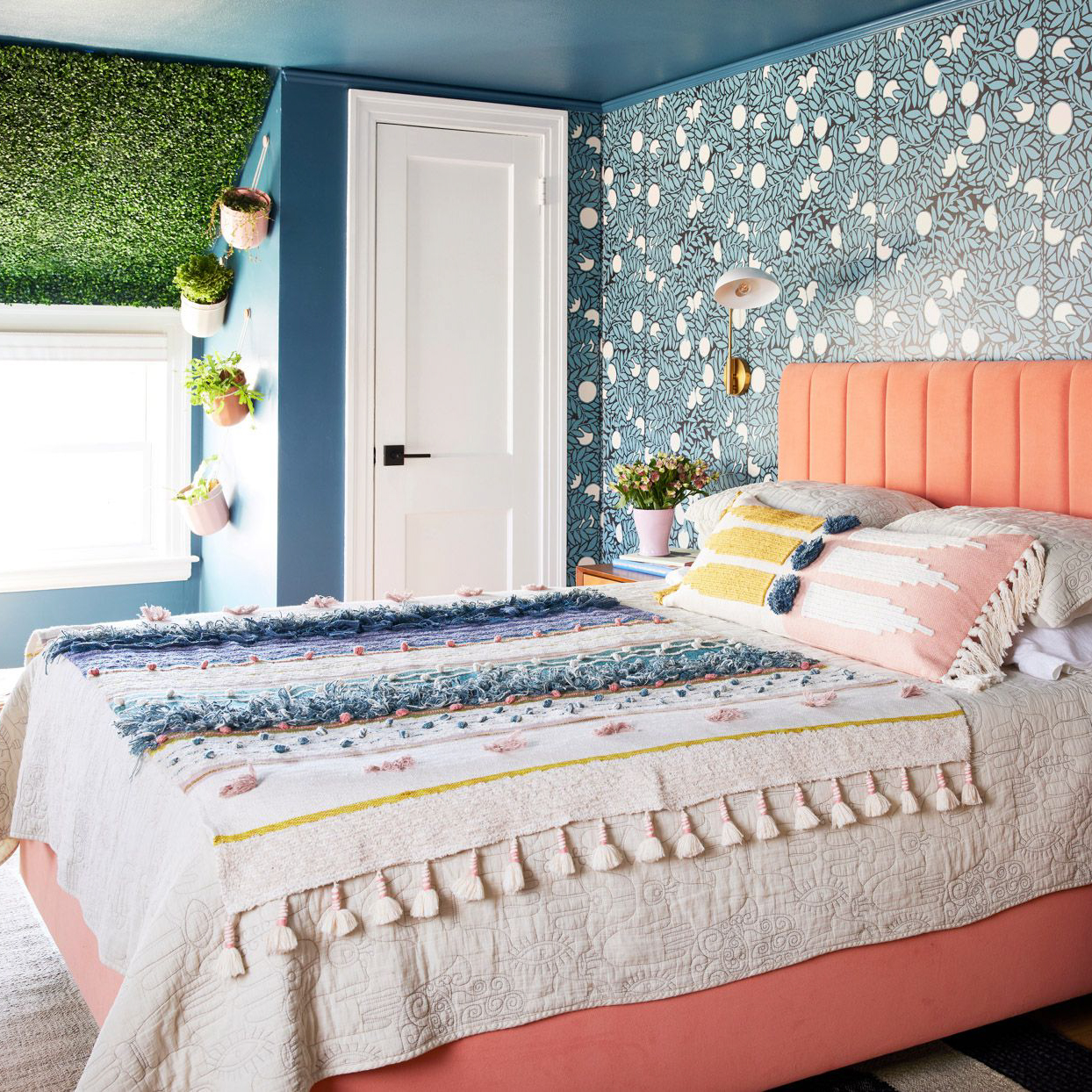
Warm White vs Daylight: Which Is the Best Option for Your Home Lighting?
Introduction
Choosing the right lighting is essential for creating a comfortable and inviting environment in your home. With so many options available, it can be overwhelming to decide between warm white and daylight bulbs. In this article, we’ll take a closer look at the differences between these two types of lighting and help you decide which is best for your needs.
What Is Warm White Lighting?
Warm white lighting is a popular choice for residential use due to its cozy and inviting feel. This type of lighting features a color temperature that ranges from 2700K-3200K, giving off a yellowish glow that is similar to the warmth of a fireplace. This type of lighting works well in spaces such as living rooms, bedrooms, and dining areas, as it creates a relaxing and comfortable ambiance.
What Is Daylight Lighting?
Daylight lighting, on the other hand, is designed to mimic the natural sunlight that we experience during the day. This type of lighting has a higher color temperature, typically ranging from 5000K-6500K, producing a whiter and brighter light. Daylight bulbs are suitable for areas such as home offices, kitchens, and bathrooms, as they provide a bright and energizing atmosphere.
Pros and Cons of Warm White Lighting
Warm white lighting has several advantages, such as:
Pros:
- Creates a cozy and inviting ambiance
- Reduces eye strain and fatigue
- Enhances skin tones and colors
- Improves sleep quality
However, there are also some drawbacks to warm white lighting:
Cons:
- May make a room feel smaller and darker
- May not provide enough brightness for certain tasks
- Can cause yellowing or fading of furniture and fabrics
Pros and Cons of Daylight Lighting
Daylight lighting also has its advantages, such as:
Pros:
- Provides a bright and energizing atmosphere
- Enhances visibility and detail
- May boost mood and productivity
- Works well in spaces that lack natural light
However, there are some potential drawbacks to consider:
Cons:
- May cause eye strain and fatigue
- May make a room feel cold or sterile
- May highlight imperfections in walls and surfaces
Which Lighting Option Is Best for Your Needs?
When deciding between warm white and daylight lighting, it’s essential to consider the function of each room and the atmosphere you want to create. Here are some general guidelines to follow:
Warm White Lighting:
- Recommended for bedrooms, living rooms, and dining areas
- Ideal for creating a cozy and relaxing environment
- May not be suitable for spaces that require brighter lighting
Daylight Lighting:
- Recommended for home offices, kitchens, and bathrooms
- Ideal for creating a bright and energizing atmosphere
- May not be suitable for spaces that require a relaxing ambiance
Ultimately, it’s essential to choose the lighting that best complements your personal preference and needs.
